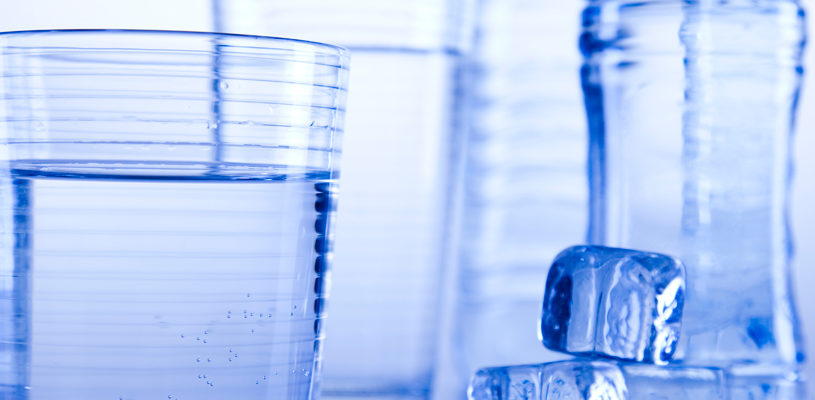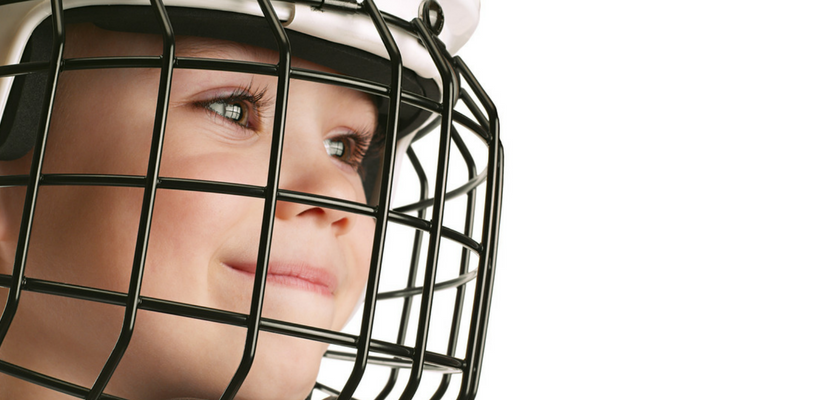Bottled water - sustainable solutions for a circular economy

In the midst of a Canadian summer, demand for all kinds of bottled beverages is on the rise. Consumer trends suggest that Canadians are increasingly choosing water as a bottled-beverage option. With this comes very real questions about packaging and the environmental footprint of the bottled water industry.
Canadian municipalities should be very proud of the clean, safe tap water they provide for their citizens. They should also take comfort knowing that, according to Agriculture and Agri-Food Canada, bottled water does not compete with tap water, but only with other bottled beverages. Research shows that 91 percent of bottled water drinkers consume tap water at home and bottled water on the go. This is a positive relationship that promotes choice and proper hydration habits.
As consumption of bottled water continues to grow, the beverage industry is conscious of its environmental footprint in all aspects of the production line. According to Environment Canada, the beverage industry uses less than 0.02 percent of annual fresh water withdrawals. In other words, the total water usage is approximately 50 litres per person – the equivalent of one three-minute shower using a standard shower head. Although accounting for only this small percentage, the Canadian beverage industry remains vigilant in responsible water practices, and supports increased investment in municipal water infrastructure.
For decision makers and industry alike, product packaging and the environment are especially top-of-mind. Bottled water is packaged using Polyethylene Terephthalate (PET) – one of the most environmentally friendly, low-carbon-footprint packaging materials in the marketplace. When recycled, PET is used to make playground equipment, automobile parts, carpeting, fleece clothing, sleeping bags, shoes, luggage, and other plastic containers. In repurposing PET bottles, there is a 50 to 60 percent saving of energy compared to what would be required to make the same product from virgin materials. As a 100 percent recyclable material, PET bottles are valuable and a crucial component in creating a circular recycling economy. In some provinces, the sale of PET bottles recovered from blue box recycling programs provides a source of funding for municipalities and regional recycling programs.
The end of the beverage container lifecycle is a constant priority for industry to improve the reduction of plastic waste and litter. Great strides have been made in recycling systems over the last few decades, and beverage containers in Canada are recovered at an average rate of 72 percent, one of the highest national rates in the world. The Canadian beverage industry, in many cases working with municipalities, has been instrumental in establishing programs to increase this rate. Above and beyond the curbside blue box, the beverage industry supports unique provincial programs such as Encorp Pacific’s Return-it program in British Columbia and the Alberta Beverage Container Recycling Corporation’s Love to Recycle Initiative.
As at-home recycling programs are getting better, improvements are needed in public space recycling in Canadian communities. Though hugely important, curb-side programs are not enough to make recycling as easy and accessible as it needs to be to reduce material headed to landfill.
To address this discrepancy, the beverage industry and its partners launched an innovative new program in Manitoba called Recycle Everywhere, which is a standout among public space recycling programs. Run by the not-for-profit Canadian Beverage Container Recycling Association (CBCRA), Recycle Everywhere marks North America’s first permanent, province-wide, away-from-home beverage container recycling program. Since the program’s 2010 launch, litter audits in the cities of Winnipeg and Brandon have shown 34 and 50 percent less beverage container litter respectively, while the community of Steinbach has exhibited the lowest litter numbers ever seen by the auditors for any city in North America. In its first four years, Recycle Everywhere has raised Manitoba’s overall beverage container recovery rate by 22 percent.
Recently, some communities concerned about plastic waste have considered banning the sale of bottled water. However, removing one product from the marketplace does not reduce overall waste. For example, a study published last year by the American Journal of Public Health regarding a ban at the University of Vermont concluded that, “the bottled water ban did not reduce the number of bottles entering the waste stream from the university campus.” In addition to not having the intended environmental effect, the study also showed a result in beverage substitution, as consumers chose to purchase other types of bottled beverages when the bottled water was removed.
Other research has shown that when the purchase option of bottled water is unavailable, 63 percent of consumers would choose to drink another bottled beverage, compared to only 16 percent choosing tap water.
When looking to improve community environmental initiatives, it’s important to provide sustainable solutions that support a circular economy – offering the best recycling solutions for product packaging, while being mindful of consumer choices and trends. By working together industry and government can find long-lasting, effective solutions based in fact and drawing on research from a variety of sources. MW
JIM GOETZ is the president of the Canadian Beverage Association, the national trade association representing the broad spectrum of companies that manufacture and distribute the majority of non-alcoholic refreshment beverages consumed in Canada.
as published in the August 2016 issue of Municipal World



